We use shock cords for lots of things on the boat, particularly retention straps on shelves where we want to be able to easily access items but need to have them secure, too.
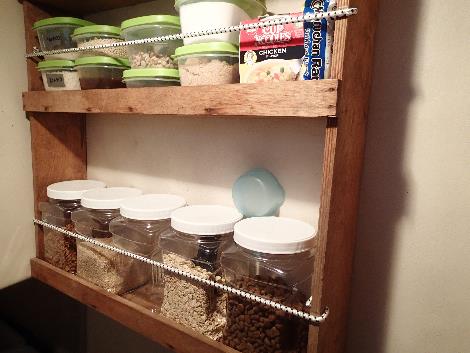
If you’ve ever worked with bulk shock cord one of the first things you learn is that it’s almost impossible to tie knots in it. Or maybe I should say that it’s hard to get knots to hold in it. You can buy plastic hooks and stoppers to use with shock cords (bungees) but they often aren’t strong enough for our purposes and either slip or break.
Instead, Dave and I use hog rings to make loops. The loops can either go around something or just serve as a stopper.

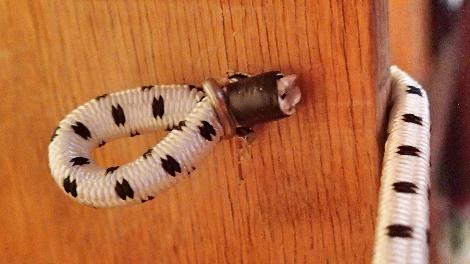
Hog rings simply pinch two thicknesses of shock cord together very tightly. The hog rings are sized for the shock cord — that is, you are supposed to use 1/4″ hog rings on 1/4″ shock cord, etc. In reality, you can use hog rings that are a size larger or smaller, so you don’t actually have to carry every possible size with you!
For boat projects, it’s best to use stainless hog rings. We buy them at Defender for the best price.
To bend them around the shock cord, you use hog ring pliers (don’t try regular pliers or needle nose — they just don’t work).
If you live in a farming community or Google for hog ring pliers, you’ll find numerous ones that are designed for farm operations. They are not what you want for boat projects. Ones that are marketed for boats, fences or auto upholstery are the ones you want.
We like these, available from Amazon (virtually identical ones are available at Defender and APS for about twice as much):
Now, for how to make the loop . . .
If you haven’t already, start by burning (melting) the cut end of the shock cord to keep it from reveling:

Place a hog ring in the pliers. The pliers have a groove to hold the ring and they are also spring loaded so that once you get the ring set up, you can set the pliers down while you grab the shock cord.

Fold the shock cord to the size you want the loop and work the hog ring over both thicknesses. Be really sure that you have the ring where you want it before you start squeezing — the rings are almost impossible to remove except by cutting one piece of the shock cord and then using regular pliers to pull the cut piece out of the hog ring.
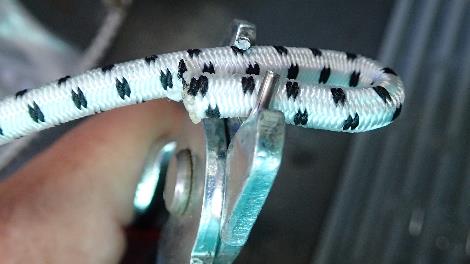
Tightly squeeze the handles of the pliers and the hog ring will bend around the shock cord. It will be somewhat difficult to get started, then easier. The two ends of the hog ring will overlap when done.

We find 1/4″ shock cord to be a pretty good size for general purposes. I buy it in 50′ and 100′ rolls on Amazon (again, the best price for just general grade shock cord).
You can get higher quality shock cord from all the marine stores for use in more critical applications.
Even the highest quality shock cord will deteriorate in sunlight. Figure on replacing “exterior” shock cord about once a year; that used inside the boat may last two to three years, depending on how often it’s pulled on and to what extent.

Carolyn Shearlock has lived aboard full-time for 17 years, splitting her time between a Tayana 37 monohull and a Gemini 105 catamaran. She’s cruised over 14,000 miles, from Pacific Mexico and Central America to Florida and the Bahamas, gaining firsthand experience with the joys and challenges of life on the water.
Through The Boat Galley, Carolyn has helped thousands of people explore, prepare for, and enjoy life afloat. She shares her expertise as an instructor at Cruisers University, in leading boating publications, and through her bestselling book, The Boat Galley Cookbook. She is passionate about helping others embark on their liveaboard journey—making life on the water simpler, safer, and more enjoyable.
Your VHF can do so much! Learn how to use ALL its features for just $39:

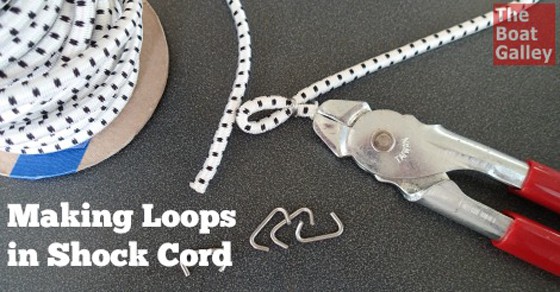
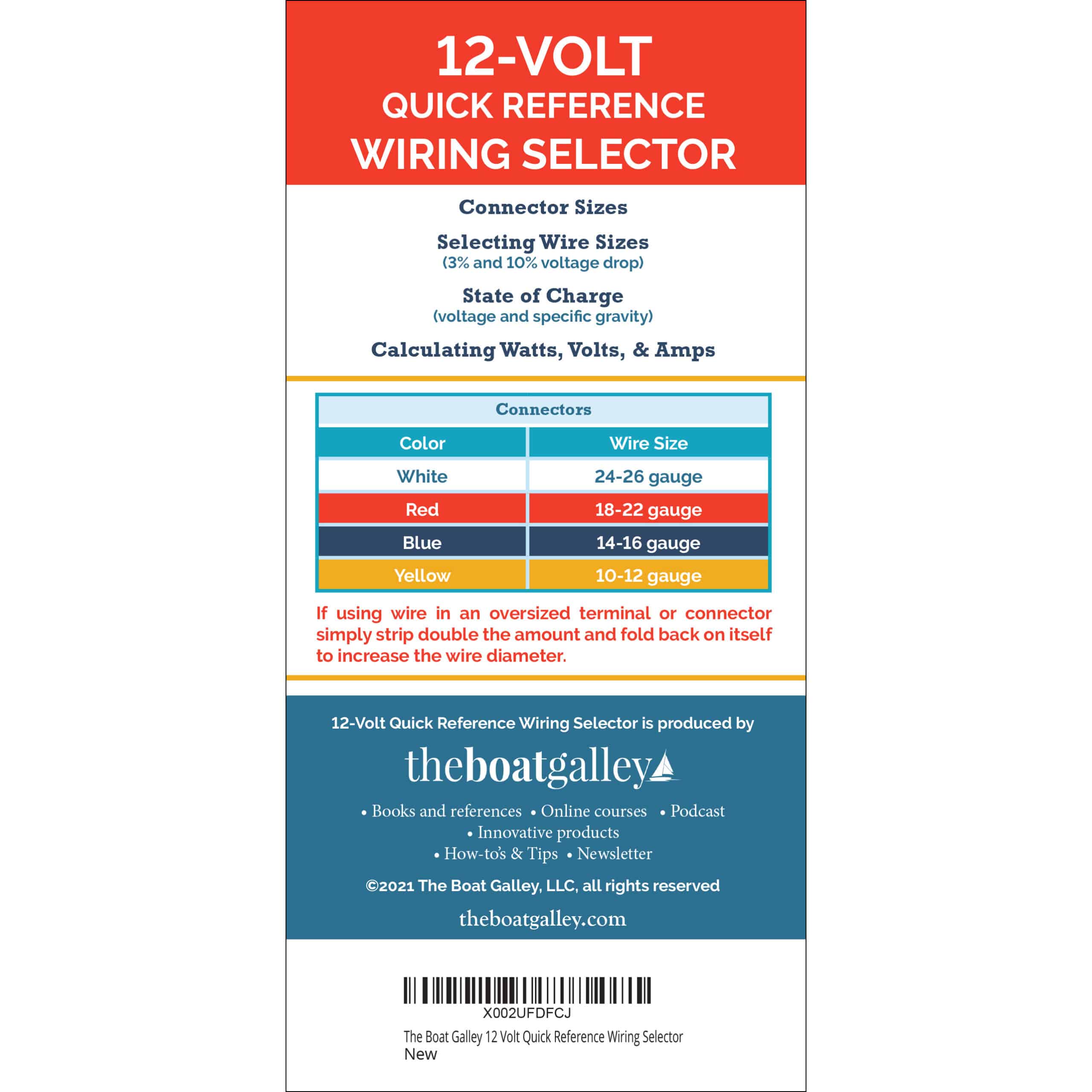






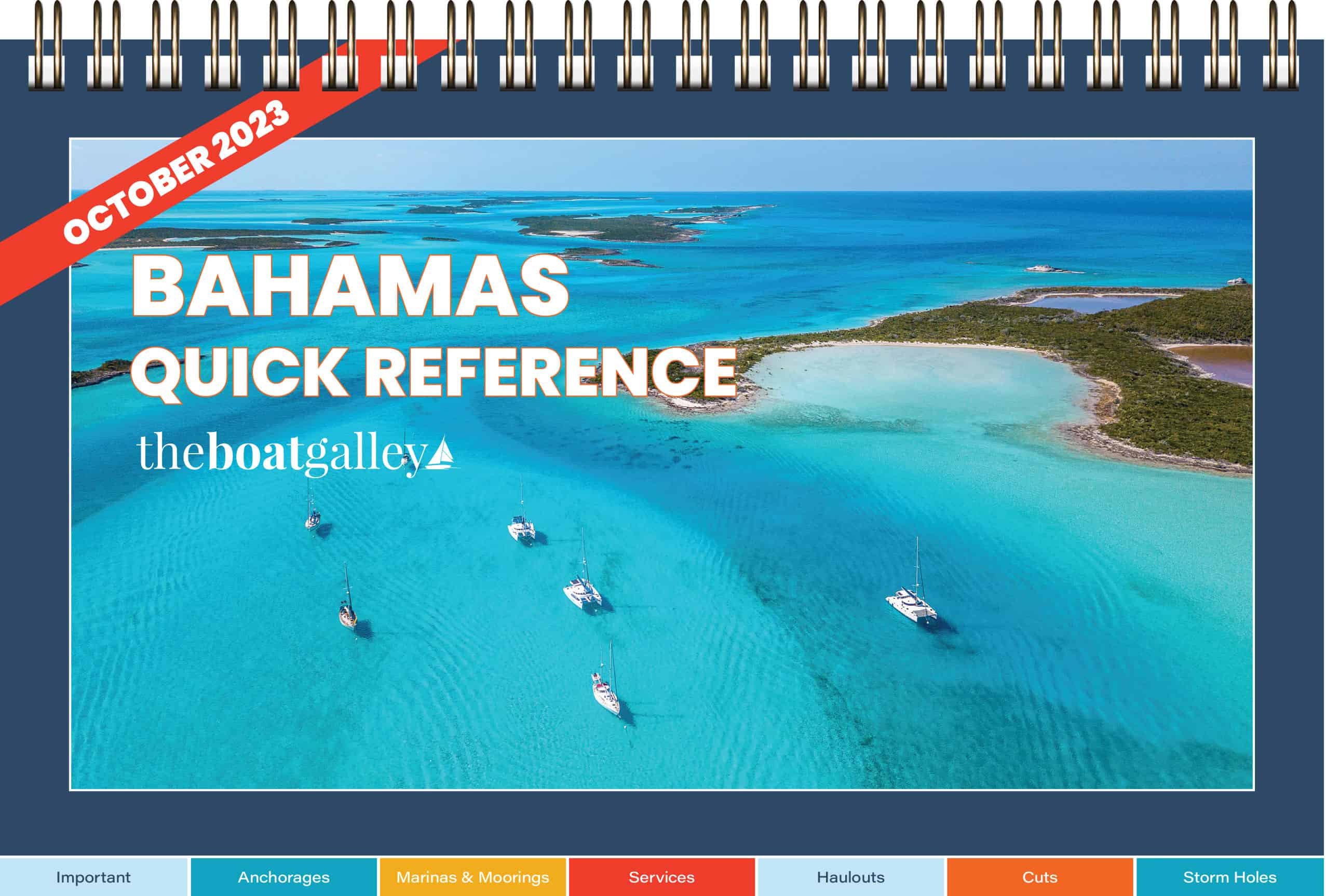

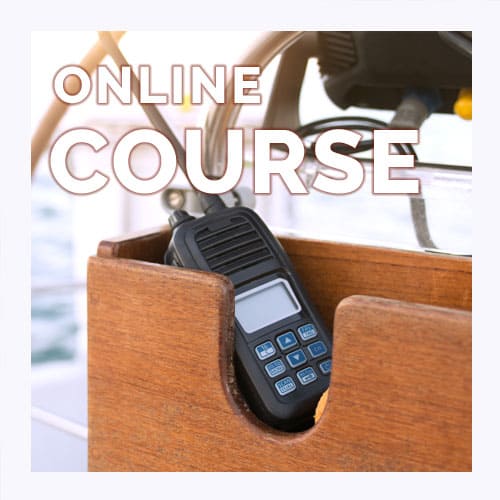
Rodney Lewis says
I re-did the interior of a vintage muscle car recently, and used those for the first time. You absolutely gotta have the special pliers or you’ll drive yourself nuts with frustration! 🙂
Frances Liz Fernandez says
Very helpful
Ritchard Findlay says
I love bungee, I use it all the time. My method for making loops is two high quality zip ties cinched really tightly. Easier than your hog rings, and I have never had one slip.
Claire Ford says
Ritchard, could you post a picture as to how you use the zip ties? I think I have an idea, but want to confirm it. Thanks.
Claudia Dengler says
Once again, brilliantly simple solutions. Thanks Carolyn.
Charles Reynolds says
Alternatively, you could whip an eye or knot into the end with whipping twine or marline. It does take a little extra time, but requires no special (single-purpose) tools and looks more traditional.
ChrisW says
When heat sealing bungee (or any synthetic line), keep in mind the smoke is toxic. It should be done outside and downwind. A face mask only helps a little.
Annette Baker says
Thanks for the detailed pictures. That’s how we do the hogs on shock cord for hatch covers, etc. – Annette, Seamless Sailor.
Drena Jacinta Galarza says
Amazing, as usual! I needed this post about a year ago!
Claire Ford says
Carolyn, do ya’ll order woven jacketed or polyester jacketed?
Carolyn Shearlock says
I prefer the woven.
Andy French says
I use cable ties, works just as well, in fact easier and won’t rust.
John Rushworth says
Stainless ‘hog rings’?
The Boat Galley says
Yep! Get them at Defender.
John Rushworth says
The Boat Galley Cool. Never heard of either though, must be an over the pond thing!
Andy French says
Easier to use cable ties…
R. Pardee says
Easy to tie a loop on bungee cord ends. Instructions on U-Tube.
Cable ties also work.